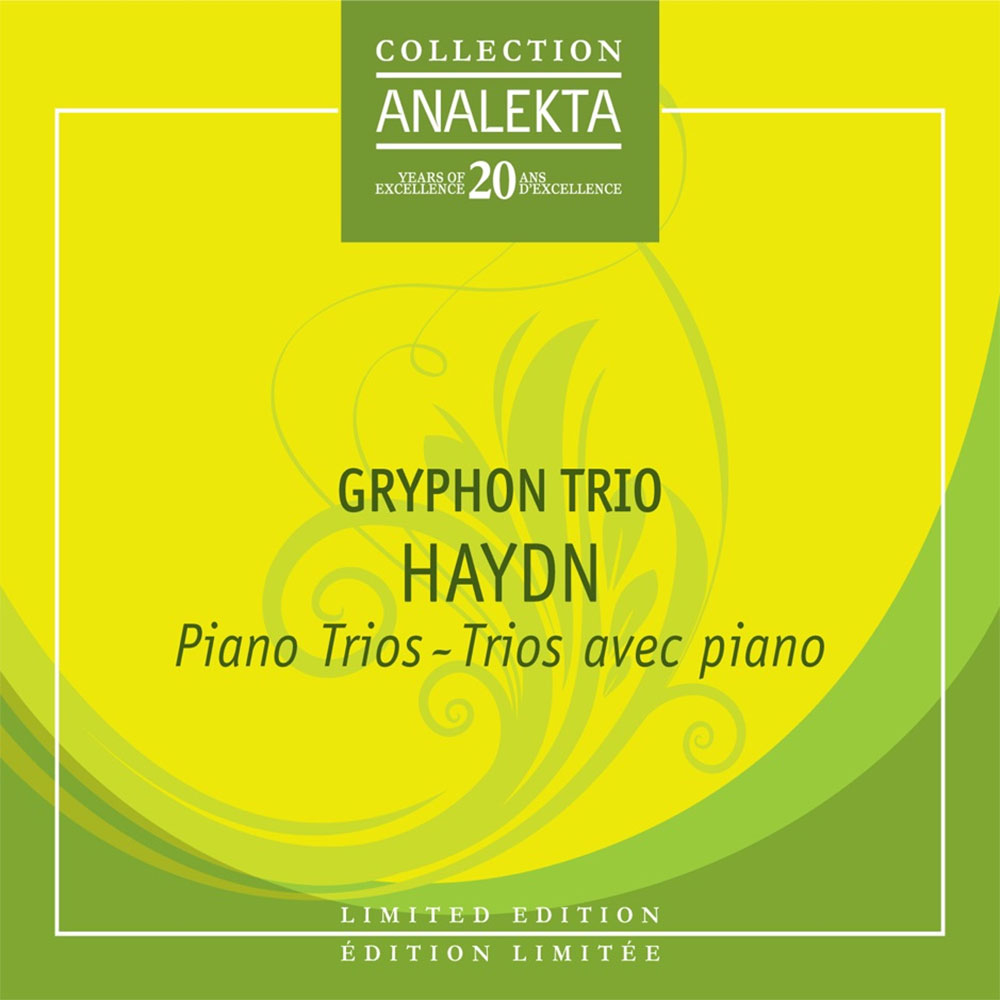Haydn: Piano Trios
The majority of the Piano Trios were thus composed in London during the 1790s. The Piano Trios, rather than marking a new, “revolutionary” phase in the composer’s development, convey instead a personal desire to indulge in the more playful aspects of composition.
The brilliant octaves in the first movement of Hob.XV:27, for example, or the sparkling and intricate lacework of the famous Rondo all’Ongarese (Hob. XV:25) may have, as motives, some role to play in the formal “outcome” of these works, but it is essentially the pleasure in carrying the propulsive motion and rhythmic vitality that the listener truly shares with the pianist.
In typical Haydnesque fashion, the playfulness also extends to the large scale unfolding of the works. However natural the progress of a movement may seem (the Allegro moderato of Hob. XV:18, or the Allegro of Hob. XV:27 are good examples), its construction is often a fine patchwork of motivic elements. Within the flow of a movement, these elements are manipulated, displaced from their original setting and re-inserted at any given point, creating for the listener a constant sense of being somewhat “lost” within the form. Variation form is also treated with much fantasy: the Andante of the G-minor Trio (Hob. XV:19) uses a typically Haydnesque formula, that is, that of the double variation.
Perhaps the Piano Trio in A major (Hob.XV:18) best demonstrates how well Haydn learned to work within the limitations imposed by the amateur market. If the violin and cello parts are not, from a purely technical point of view, “difficult,” their contribution is no less important. Their role here is essentially contrapuntal in the sense that, instead of simply thickening the texture with needless passage-work, they subtly and discreetly participate in its elaboration.
© Alex Benjamin
